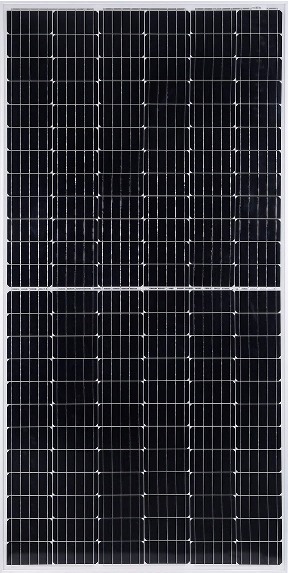Vikram Solar has launched a new line of solar modules. Based on the latest half-cell technology, these modules can increase module output by around 5Wp per module compared to standard PV modules. The technology also boasts efficiency up of 19.56 per cent.
The new high-density module technology is engineered to generate more power from advanced mono-PERC half-cells, thus achieving better levelized cost of energy (LCOE). The innovative design principle minimizes shadow-loss through a series-parallel cell connection, when one-half of the modules are affected by shading. The high efficiency half-cell modules are the perfect fit for all utility and rooftop projects.
The module consists of 144 and 120 half-cells instead of 72 and 60 full cells yet keeps nearly the same dimension as standard 72 and 60 cell modules. There is higher energy yield through lower cell resistance. Half-cell modules have a higher fill factor and higher efficiency. The cells are cut with low temperature and lower kerf depth maximizing cell yield with no junction damage. In addition, module power mismatch loss is reduced by a factor of four as power loss is proportional to the square of the current.
Rooftop for CenturyPly
In an independent development, Vikram Solar also announced the installation of a 1461 kW rooftop solar PV system for Century Plyboards (India) Ltd at two locations. The 1056kW at Century Plyboards’ Chennai unit is spread over 11,000 sqm across seven factory sheds and three evacuation points. There are 3,300 modules in operations with a cumulative annual energy yield of 1.536 million kwh, which would help reduce 1,310 tonnes of CO2 emissions per year.
Vikram Solar also commissioned a 405kW rooftop solar PV system for Century Plyboards’ Chirai Moti unit near the Kandla Port in Gujarat. Spread over 450 sqm, the project is powering the complete factory with the power evacuated at two points. The plant is expected to produce an annual yield of nearly 6 lakh units that would reduce around 500 tonnes of CO2 emissions per year.

